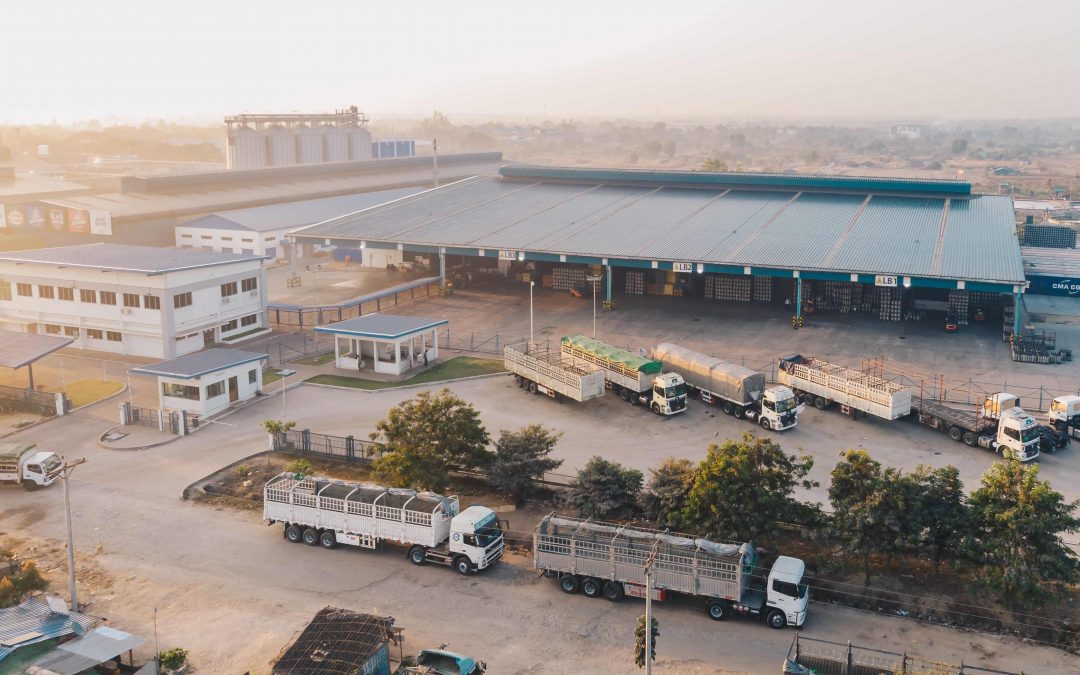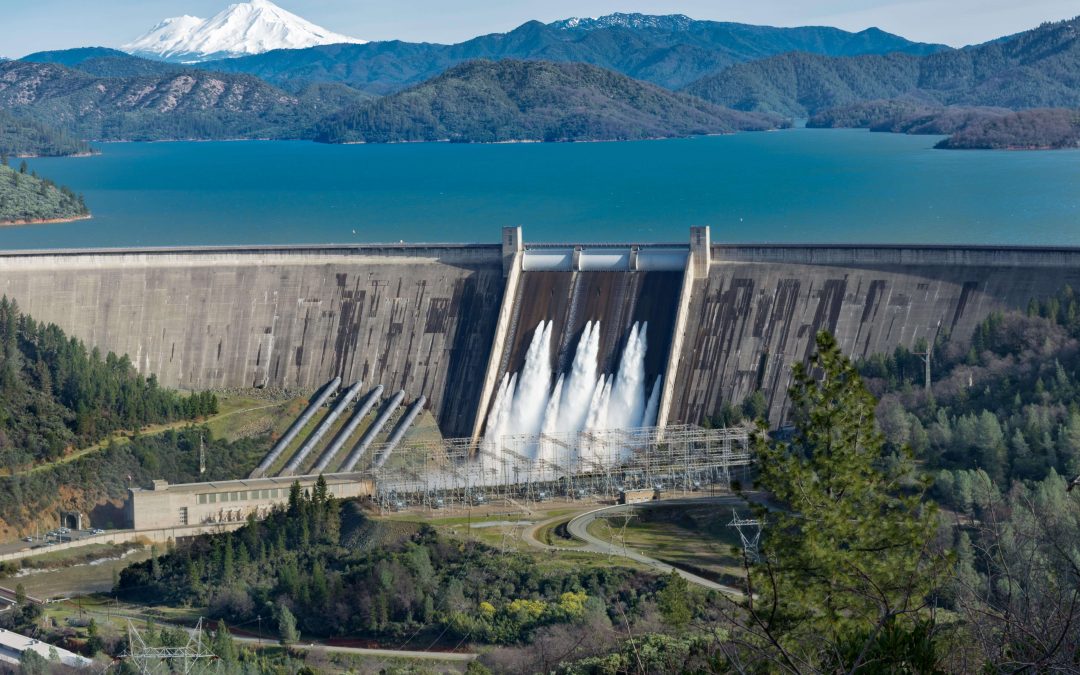
by simona | January 25, 2021 | International Telematics engineering degree
Fleet management means to manage all fleet and asset information, from acquisition through to disposal. This enables companies to reduce costs, improve efficiency and ensure compliance across an entire fleet operation. Today we will be discussing the challenges fleet managers face.
Vehicle aquisition
Evaluating changes to vehicle legislation, determining purpose and suitability of vehicles, negotiating deals with vehicle manufacturers all sit with fleet managers. When selecting the right fleet vehicles the fleet manager should consider fuel consumption, tax and insurance costs in addition to employee expectations. Add to this a consideration towards end of life and vehicle resell value and it soon becomes clear why the role can be such a challenge.
Fuel management
Probably one of the biggest cost-saving challenges for a fleet manager is the ever-increasing rise in fuel costs. For example, fluctuations in market price and the external factors that influence prices are beyond the control of a fleet manager. But there are options to help reduce fuel consumption and costs. In detail, feet managers can carry out a cost-benefit analysis of fuel options. This will help determine the most suitable for the vehicles in their charge.
Vehicle maintenance
The fleet manager can oversee the maintenance programme of vehicles. It can also be outsourced depending on the size of the cost-benefit analysis. Moreover, fleet manager responsibility is to ensure that everything complies with legislation. Specifically, this includes driver daily walk round checks, pre-purchase vehicle inspections, regular maintenance checks. Lastly, the fleet manager ensures that reported defects have been rectified.
Health and safety
Should the unfortunate occur and a driver has an accident, the responsibility of the fleet manager is to ensure that this is actioned accordingly. Robust reporting procedures need to be in place to enable drivers to deal with an accident. This means following insurance reporting procedures correctly so that claims can be handled quickly and efficiently.
Meeting compliance requirements
Daily checks, inspection sheets, driver checks, defect, reporting, insurance…the list goes on. Compliance and fleet risk management is an essential part of the role. All aspects need to be carried out and documented. This ensures that a full trail of information is available for each vehicle. This is later used for both auditing purposes and in the event of an accident should a claim or investigation need to be made.
Controlling costs
Controlling and reducing costs is always a priority for any business and fleet management is no exception. Fleet managers are required to analyse the relevant information about their fleet and realise the areas that can be improved. This can include reducing vehicle purchase costs, reviewing fuel consumption and analysing driver behaviour – achieving more for less.
Avoiding information overload
Fleets generate a lot of data that a fleet manager can review, some of which may be useful but a lot of it probably not so. Trawling through such vast amounts of information is time consuming and runs the risk of missing important, relevant information. Updating such information has administrative time and money implications too. Fleet management software can help sort through the unnecessary information and generate reports on only the areas that you need or having the information but not knowing what to do with it or analysing it correctly.
Expanding role of the fleet manager
The role of technology is evolving apace which will lead to expansion of a fleet manager’s role too. Mobility management, asset management and the level of responsibility for measuring and controlling the environmental impact of a business will begin to fall under the remit of the fleet manager. Incorporating fleet management software will become paramount in helping to deliver this.
Thanks for taking the time to read our blog post on the challenges fleet managers face. If you want to know more about our Telematics engineering study programme, our counsellor is here to provide you with more information.

by simona | December 16, 2020 | International Water engineering degree
A dam is a barrier across a river to hold back river water for safe retention and storage of water or control the water flow. Dams divert the river flows into a pipeline, a canal or a channel. Dams result in substantially raising water levels in the river over a large area, creating storage space. Here are some of the purposes of dams.
Dams for the purpose of irrigation
Half of the world’s large dams are exclusively or primarily for irrigation. The majority of dams are multipurpose in nature, but irrigation is the largest user of the waters withdrawn. Dams enable harnessing of large water resources, to meet the needs of fast-growing societies.
Dams for the purpose of hydropower
A dam stops the flow of the river and causes the water level to rise. The higher water level then allows for harvesting the energy through the falling of that water. The reservoir the dam creates acts as stored energy. Water then flows from high to low through turbines within the dam. The water spins the turbines which are connected to a generator to turn the rotor which then creates the electric power.
Dams for storage of water
Not all the water stored behind dams is withdrawn for use. Storage provides insurance against uncertainty due to climatic variability. Furthermore, it can help reduce variability in season’ slow flows in rivers and save societies from economic upheavals and losses due to flood and drought.
Dams for flood control
The water level of a reservoir needs to be below a certain level before the onset of the monsoon season. This is so that when the monsoon rains come, there is space to store the excess rainwater. Additionally, water can be released in a regulated manner, thus preventing floods downstream when there is heavy inflow to the dams. Purposes of dams for flood control impound floodwaters and then either release them under control to the river below the dam or store or divert the water for other uses.
Multipurpose dams
Storage that serves the need for irrigation, domestic and industrial water supply, power generation and recreation can be more efficient and cost-effective than storage serving single purposes. But multipurpose dams also have some disadvantages. Different uses of water have different and sometimes conflicting requirements in terms of storage, use and releases.
Thanks for taking the time to read our blog post the purposes of dams. Do you want to study abroad in Spain? Take a look at our Water engineering study programme and feel free to talk to our counsellor for more information.

by simona | November 4, 2020 | International Civil engineering degree
Constructing buildings of any kind is a very detail-oriented process. No matter what you are constructing, there are very definitive steps that must be taken. This is to ensure the safety of construction workers, employees and patrons of the future building. While specifications and permits can vary from project to project, the general order of operations in any construction project remains the same. Here is an overview of the stages of construction.
Creating a concept and design
The very first stage of construction is to create a concept, followed by a design and blueprints. Typically, this is done with the help of an architect to ensure everything is up-to-code and that the design will be structurally-sound.
Obtaining building permits
Once you have blueprints and construction plans, you need the right building and construction permits. This process is ongoing throughout the duration of the project, meaning you need to obtain different permits at different times.
Clearing and excavating the land
After obtaining your permits, the construction project will commence by clearing and excavating the land on which you want to build. This includes removing any trees, boulders or other obstacles that are in the way, as well as levelling the ground.
Pouring the foundation
When the space you are building on is cleared and excavated, the foundation can be poured. Depending on the size of your building and the stability of the land, preparing the subsurface may need to be done prior to the foundation being poured.
Completing the framing
Once the foundation has been poured and cured, framing begins. This may include installing wood frames or steel beams. This process takes a while and it is important that everything is done correctly.
Rough electrical and plumbing
After the building has been framed out, a contractor will come in to complete rough electrical and plumbing work. This involves installing the pipes and wires which will later help for the drywall, insulation and ceilings to go up.
Installing the roof
About the same time that the rough electrical and plumbing work is done, roofers come in to complete the roof on the building. Contractors will also be called in to complete the exterior of the building, further protecting the interior work that is about to take place.
Heating and cooling needs
Once the building has exterior walls and a roof, heating and cooling needs are addressed. Vents, ductwork and the heating and cooling unit are all installed.
Completing the interior
The following on the stages of construction includes adding insulation, putting up drywall and adding ceilings. An electrician often comes out during this stage and finishes up adding outlets and lighting fixtures.
Installing fixtures
Once the interior walls are up, all of the fixtures inside of a space can be added. This includes things like toilets, cabinets, windows, doors and elevators.
Finishing up
The last stage involves putting the finishing touches on the building. This involves installing flooring, painting the walls, putting countertops in or adding facets. Once this stage is done, the building process will be completed.
Thanks for taking the time to read our blog post on the stages of construction. Do you want to study abroad in Spain? Take a look at our Civil engineering study programme and feel free to talk to our counsellor for more information.

by simona | October 22, 2020 | International MBA degree
The landscape of business and industry is continuously evolving. Organisations are facing innovation disruptions from technology every day. The current pandemic has only pushed this into force with remote working and excessive dependence on data analytics. Therefore, it becomes essential for business leadership and management to inculcate a basic understanding of technical tools. All MBA students must hone their skills and shape their career trajectory with some basic but extremely relevant tech skills.
Data analysis
The new mantra of the business world is “Data is the new oil”. Certain industries are booming and data is the reason why. One of the top tech skills for management students is proficiency in analytical tools. The most basic and commonly used tool in organisations for data handling is MS Excel. Due to its widespread popularity, knowing Excel is a must these days. It is not just very easy to use but it is also logical to implement. You do not need to memorise the formulas, just build logic on the data you are conducting.
Programming languages
While this is not a must-have for MBA candidates, it is still an added advantage. As a manager, you will work on various projects where your deliverable will be a software interface or an app. While you will be having a team of engineers for the coding part, as a manager you cannot understand and review your deliverables unless you know the basics of the problem you are solving or the requirement your product is fulfilling.
Presentation and design
Good working knowledge of presentation tools is one of the most important tech skill for management students. Presentations are critical in the corporate setup as they are an official form of communication between a client and a business. Companies require managers to make presentations to their clients that put out their business objectives, offerings and solution to their problem. Similarly, companies need an aesthetic design for their website or social media handles to connect with their consumers.
Technical writing
Managers are tasked with the responsibility of setting goals and objectives on a project. They are required to facilitate cross-functional or cross-divisional team cooperation in a project. They are also expected to communicate the expectations, deliverables, limitations, etc. of one team with the other. Lastly, they communicate the technical, budgetary and other requirements of teams to the supervisors.
Project management
Managers communicate the information received from top management to the employees. They also create Minutes of the Meeting, training and staffing material, reports, etc. Managers also create reports on the internal and external process, stakeholder management, competitor analysis and project documentation.
While these are some of the top tech skills for MBA students to know to stand out from the crowd, there are others, too. We live in competitive times and every day brings in a new challenge. Today’s most important thing is to constantly update and upgrade yourself with the times to stay relevant.
Thanks for taking the time to read our blog post on the top tech skills every MBA student should have. Still thinking about which MBA programme is best for you? Take a look at our International MBA!

by simona | September 24, 2020 | International Telematics engineering degree
You are probably familiar with the average GPS device and you have a rough idea about how it works. GPS is used as part of a telematics solution. So what exactly is GPS and what is its connection to telematics?
At the heart of a telematics system is a vehicle tracking device with a built-in GPS receiver. In detail, the GPS receiver collects real-time data about the current location and status of the vehicle. Furthermore, a telematics solution takes that GPS tracking data and sends it via the cellular network to central computers. Finally, the data can be processed and converted into usable information visible in fleet management software.
Benefits of GPS tracking
GPS tracking data can give a precise view of where your vehicles are at any given time. Additionally, it can help identify driver behaviours like speeding, harsh braking and acceleration and excessive idling, all which can impact vehicle maintenance and running costs. Moreover, geofencing and alerts about unauthorised truck movements that are made possible with GPS trackers can help improve fleet safety.
The power of GPS
However, what makes GPS tracking even more powerful is the additional engine data that telematics systems can collect. This data includes fuel consumption, odometer readings, engine diagnostic trouble codes. In fact, just about any vehicle metric can be monitored by connecting the right vehicle tracking unit to the vehicle’s electronics.
Telematics highlights the potential of GPS and how it can be used to streamline business operations, particularly in modern fleets.
Thanks for taking the time to read our blog post on GPS and its connection to telematics. If you want to know more about our Telematics engineering study programme, our counsellor is here to provide you with more information.






Recent Comments